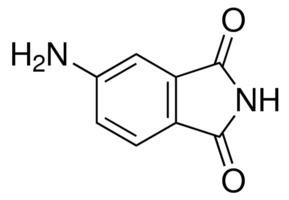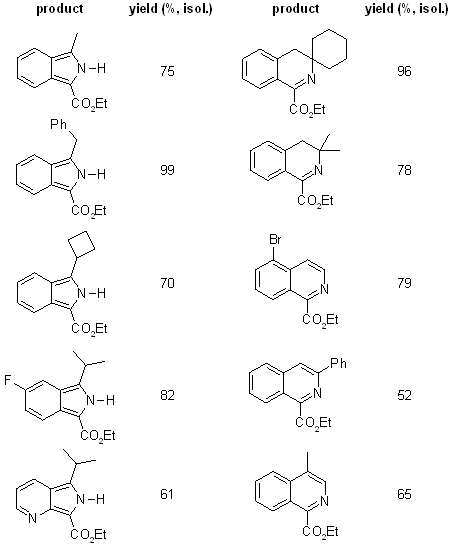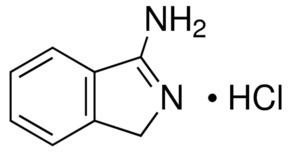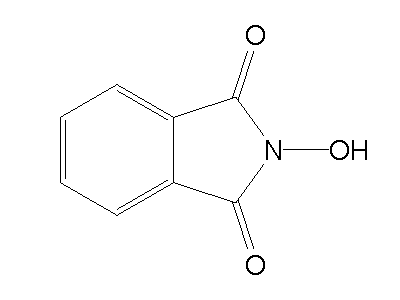Formula C8H7N | Molar mass 117.15 g/mol | |
 | ||
Isoindole in heterocyclic chemistry is a benzo-fused pyrrole. The compound is an isomer of indole. Its reduced form is isoindoline. The parent isoindole is a rarely encountered in the technical literature, but substituted derivatives are useful commercially and occur naturally. Isoindoles units occur in phthalocyanines, an important family of dyes. Some alkaloids containing isoindole have been isolated and characterized.
Contents
- Synthesis
- Structure and tautomerism of 2 H isoindoles
- Isoindole 13 diones and related derivatives
- References

Synthesis

The parent isoindole was prepared by flash vacuum pyrolysis of an N-substituted isoindoline. N-Substituted isoindoles, which are easier to handle, can be prepared by dehydration of isoindoline-N-oxides. They also arise by myriad other methods, e.g., starting from xylylene dibromide (C6H4(CH2Br)2).
Structure and tautomerism of 2-H-isoindoles

Unlike indole, isoindoles exhibit noticeable alternation in the C-C bond lengths, which is consistent with their description as pyrrole derivatives fused to a butadiene.

In solution, the 2H-isoindole tautomer predominates. It resembles a pyrrole more than a simple imine. The degree to which the 2H predominates depends on the solvent, and can vary with the substituent in substituted isoindoles.
N-Substituted isoindoles do not engage is tautomerism and are therefore simpler to study.
Isoindole-1,3-diones and related derivatives
The commercially important phthalimide is an isoindole-1,3-dione with two carbonyl groups attached to the heterocyclic ring.


